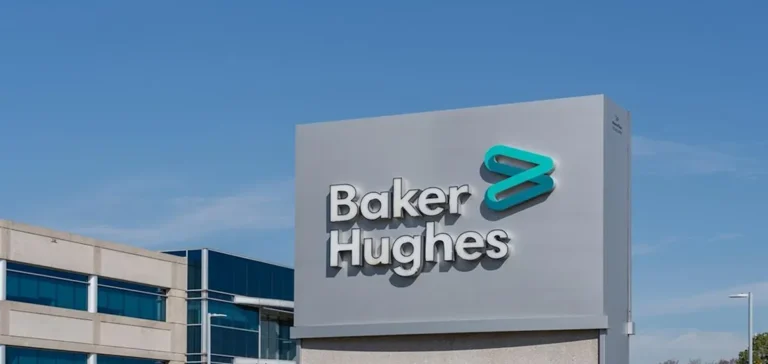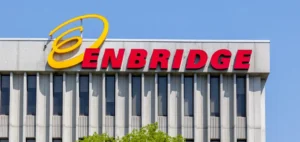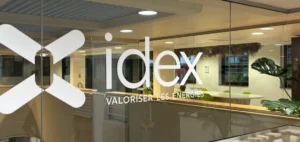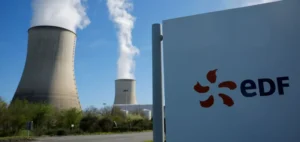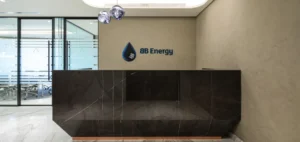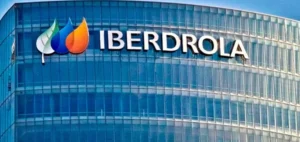Baker Hughes, a supplier of equipment for the oil and gas sector, is on the verge of concluding an acquisition of Chart Industries for $13.6bn, according to several sources familiar with the matter. This transaction takes place during a period of restructuring in the US energy equipment market, where competition remains intense and valuations are high.
Baker Hughes’ strategy and sector dynamics
The ongoing acquisition would allow Baker Hughes to strengthen its presence in the natural gas and liquefied natural gas (LNG) segments, while enhancing its industrial technology portfolio. Baker Hughes Chief Executive Officer Lorenzo Simonelli is leading a transformation of the company, marked by the divestment of non-core assets and increased investments in innovative energy solutions. The agreement, which is not yet finalised, puts an end to the initially planned merger between Chart Industries and Flowserve, valued at $19bn in shares.
Chart Industries, which designs industrial equipment for the handling of gaseous and liquid molecules, now sees its valuation significantly exceed its recent market capitalisation. As of Monday’s close, Chart had a capitalisation of $7.71bn, but its share price jumped 17% in after-hours trading, reaching $202, following speculation about Baker Hughes’ offer. Chart’s board of directors was prompted to reconsider its position after Baker Hughes raised its bid.
Impact on market players and trends
The withdrawal from the planned merger with Flowserve comes amid a relative slowdown in mergers and acquisitions in the US energy sector, after a year 2023 marked by nearly $250bn in transactions. This deal illustrates the consolidation and specialisation strategies adopted by industrial players in response to changing demand and technological competitiveness requirements.
Chart Industries and Flowserve have not officially responded to the announcement, while Baker Hughes opted not to comment publicly on the progress of the deal. The premium proposed by Baker Hughes, at $210 per share, represents a 22% gap compared to Chart’s market value, highlighting the strategic significance attached to this acquisition in a rapidly evolving market.


